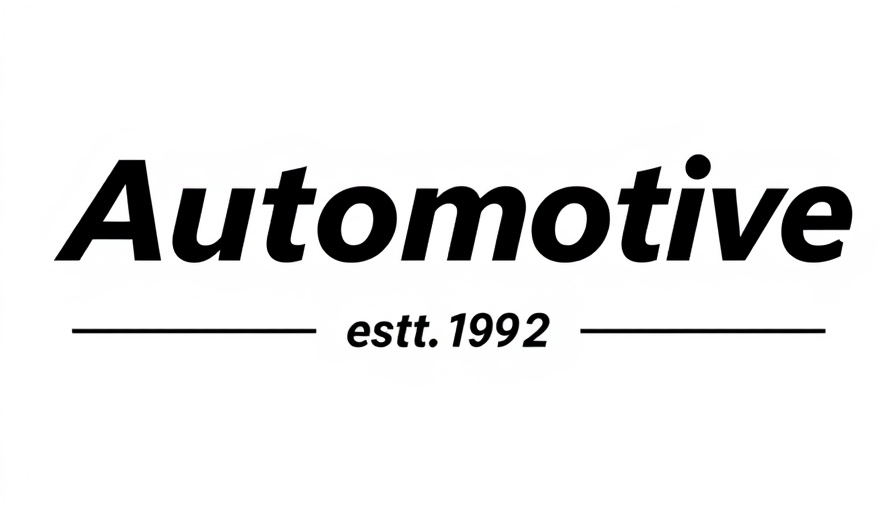
Wholesale Used Vehicle Prices Rise Amid Strong Demand
April has proven to be an exceptional month for the wholesale used vehicle market, with prices pushing upward significantly. According to Cox Automotive’s Manheim Used Vehicle Value Index, this index recently climbed to 208.2—a remarkable 4.9% increase year-over-year and a 2.7% surge over the previous month. This growth trajectory, described as a ‘spring bounce’, reveals how robust consumer demand and market dynamics are reshaping the landscape of used vehicle pricing.
Market Dynamics Driving Price Increases
With income and consumer confidence on the rise, factors such as tariffs have contributed to escalating transaction values. “The spring bounce normally ends in early April, but this year saw an extension marked by strong price appreciation,” observed Jeremy Robb, Cox Automotive’s senior director of Economic and Industry Insights. This sustained growth suggests not only a short-term uplift but possibly a long-term adjustment in how vehicles’ worth is perceived.
Luxury Vehicle Segment Outperforms
Luxury vehicles have shown particularly strong resilience in this shifting market, recording a year-over-year price increase of 5.9%. This trend highlights a unique consumer preference as more buyers gravitate towards higher-end models. SUVs, equally in demand, saw a 5.5% price rise year-over-year, indicating a broader acceptance of higher vehicle pricing among buyers willing to invest in premium segments.
Impact on Various Vehicle Segments
Despite the overall market upswing, not all segments are thriving equally. While luxury vehicles, SUVs, and trucks enjoy price increases, compact vehicles are experiencing a downward trend. Prices for compact cars fell by 1.5% compared to last year, reflecting changing consumer preferences towards larger vehicles.
This disparity across segments emphasizes the shifting inventory available and the invigorated demand for specific body styles. The trends observed in used vehicle pricing are essential for dealership owners to consider when strategizing their stock.
Implications for Dealerships
The current pricing trends serve as a bellwether for dealerships. As wholesale prices rise, dealership strategies may also need to adapt. Understanding which segments are driving demand allows dealerships to tailor their offerings accordingly. This could mean enhancing their luxury inventory or potentially holding off on compact car purchases which might not yield the same return on investment right now.
Future Outlook for the Used Vehicle Market
Looking ahead, it will be crucial for dealerships to monitor the ongoing impact of external market pressures and changing consumer behaviors. The appreciation we are witnessing is not merely a seasonal fluctuation; it is an indication of a broader economic shift. Dealerships that can navigate these trends effectively may position themselves favorably in a competitive market.
In conclusion, as wholesale used vehicle prices continue to rise, the need for informed, actionable insights becomes paramount for dealership owners and GMs. Understanding these trends is not just an academic exercise; it is a practical necessity in making strategic decisions that will impact their business outcomes.
 Add Row
Add Row  Add
Add 

 Add Row
Add Row  Add Element
Add Element 




Write A Comment